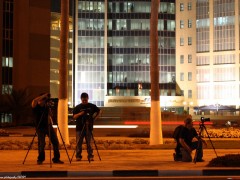
Photography is like painting with light on a photosensitive canvas. How about painting something in the absence of adequate amount of light? Sounds challenging right! Humans have always been doing challenging tasks, and shooting in night no more remains a challenge now. While fighting with challenges occurring in low light situations as in night, photographers have discovered a lot of ways to have optimal exposure even at night. An old adage says, “problems are opportunities” that is why we call them challenges and not obstacles. Despite many challenges in night photography, there are certain “effects” those can be obtained only in night photography. Let us talk about few challenges one has to encounter while shooting at night.
-
Camera Shakes
Due to the low ambient light, the camera goes for a slower shutter-speed. This increases chances of movement in the scene thereby causing blur. As even a small shake of the camera can produce noticeable blur while long exposure. There are two things you can do to avoid blur. First you must use a tripod. Second you can use a shutter release cable. This allows the shutter to be pressed without causing even the lowest possible vibration to the camera.
-
Noise (ISO)
The low ambient light also necessitates the use of high ISO. But high ISO induces noise in the shot and also results in loss of detail. Again two things come to the rescue. Shoot at a lower ISO. This requires you to go for a slower shutter-speed and thus warrants the use of a tripod. Another thing you can do it to invest in a high-end camera body (almost always the latest). This by no means is practical, but the newest cameras almost always have better low-light/high-ISO performance.
-
Shadows
To have the subject lit, we use artificial lights or flash lights, and a possible negative impact of this can be a shadow of subject behind it. Such situations require some expert lighting skills. Almost always to know the right use of flash and use multiple sources of light if possible. For a stationary subject you can try shooting the same scene multiple times with lighting from different angles and then merge the shots to get a final. This way the shadows will be less noticeable around the subject.
-
Improper Focus
Attaining the right focus is another challenge in low-light situations. To overcome this challenge of improper focusing, you can use manual focus. Focus-assist lights can help in this situation but their reach is limited. You may want to use a artificial light to focus and then lock the focus. Once you are ready for the shot, you can switch off the light.
-
Under Exposure
Under-exposure due to low-light is caused mainly because of two factors:
- The camera hitting its limits within the exposure triangle: The camera tries its best to get the right exposure. But sometimes it can just max out its limits. For example a camera with a max shutter-speed of 30sec limited to ISO1600 combined with a lens of f/3.5 scene will underexpose a scene that requires a larger aperture, slower shutter-speed or a higher ISO. This forces you to go into manual exposure.
- Human error in exposure when in full-manual mode: If your camera is under-exposing because of the reason above and you have chosen to go full manual; you may just nail the shot given that you are able to dial in the right settings and go with the bulb-mode. This allows you to surpass the camera’s exposure limits and keep the shutter open as long as required. But the right result will depend on quite some experimentation and your particular preference of exposure/image-feel.
-
White Balance
The camera automatically adjusts and compensates for the light temperature. Most of the times white balance of the camera is set to auto by default, and it gives good results. But during night, the temperature of light varies a lot depending on the light source. Your best bet is to shoot RAW so that you can correct white-balance post-shoot.
Always shoot in RAW during night, as this offers control over various factors in the image data during post processing. This gives you a second chance to correct the mistakes that occur while night shoot.
9 Creative Shots You Can Take At Night
The results from night photography are so beautiful because there are some effects that can only be achieved during the night. These effects are not visible to bare eyes and can only be had with a camera.
- Car headlights (long exposure – motion capture): Go to a height from where you can see a busy road and shoot the moving car lights at a slow shutter-speed (possibly in the range of several second for the light to travel the path and a smaller aperture for a greater depth-of-field).
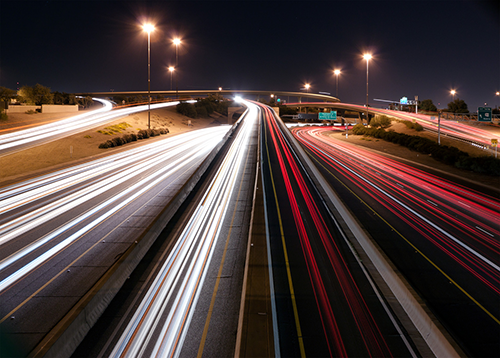
- Neon lights: Shoot stationary or moving neon lights and catch some interesting effects.
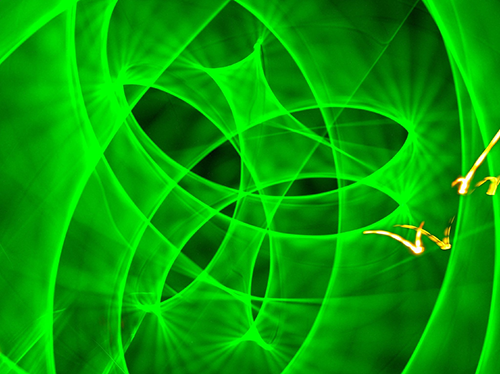
- Fireworks: During the night, the camera has the ability to see beyond the limits of the human eyes. Given that you get a good exposure, the fireworks will look way different in photographs than they would to the human eye.
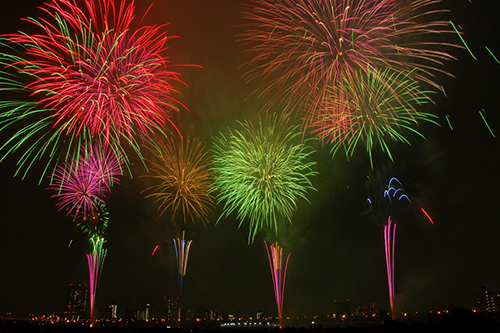
- Star trails: This takes painstakingly long times and patience and demands hours of patience. But the creative satisfaction you enjoy is second to none.
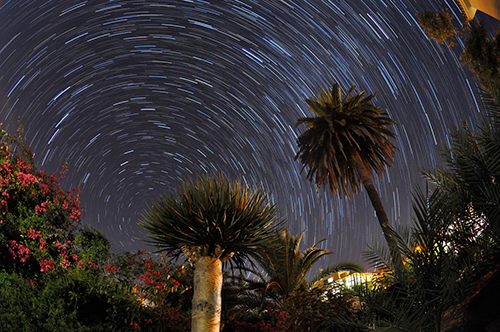
- Bokeh: Background lights during night, can be kept out of focus by keeping a wide aperture. And this creates beautiful the bokeh effect.
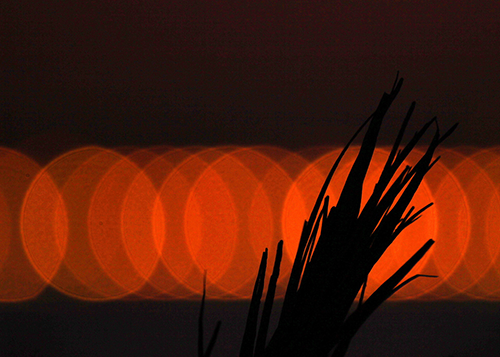
- Night portraits with moon in the shot: Try to shoot portraits with moon in the shot. You can get some great silhouettes and unusual, interesting tones in the scene.
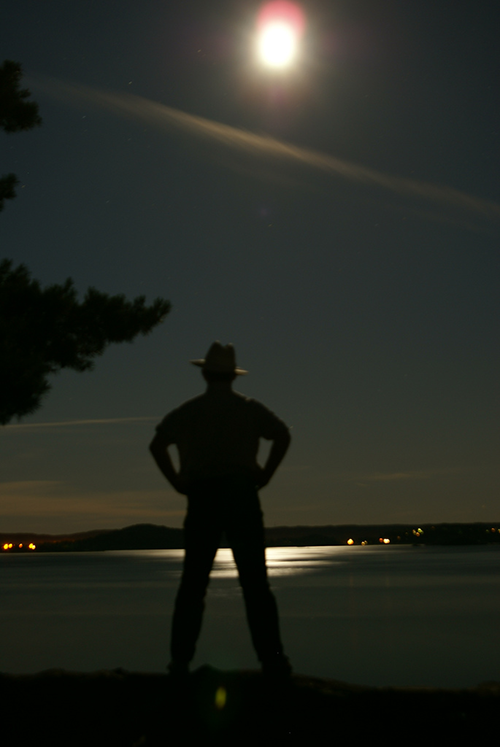
- Moonlit Landscape and buildings: Shoot buildings and landscape scenes under moon light and have a refreshing and cooling emotional appeal in your shots.
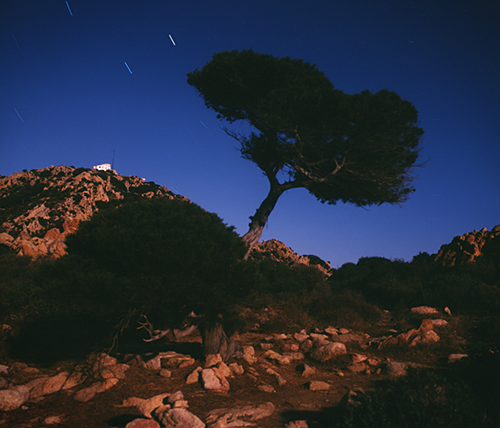
- Photograph the Moon: Photograph moon itself is very interesting. You will need a good telephoto or astro lens for this.

- Try light painting: Light painting is done at long exposure (slow shutter-speed or in the bulb mode) by moving the source of light to painting the scene. Due to the high intensity of the light source, it is captured by the camera while the person or object used to move the light source is no captured.
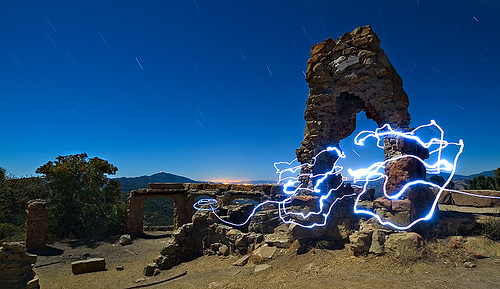
Night photography remains challenging but an extremely creative realm of photography and very satisfying. Much of the challenge comes due to the absence of light. And it is due to the ambient light and longer shutter-speeds that you get all these awesomely creative results.

